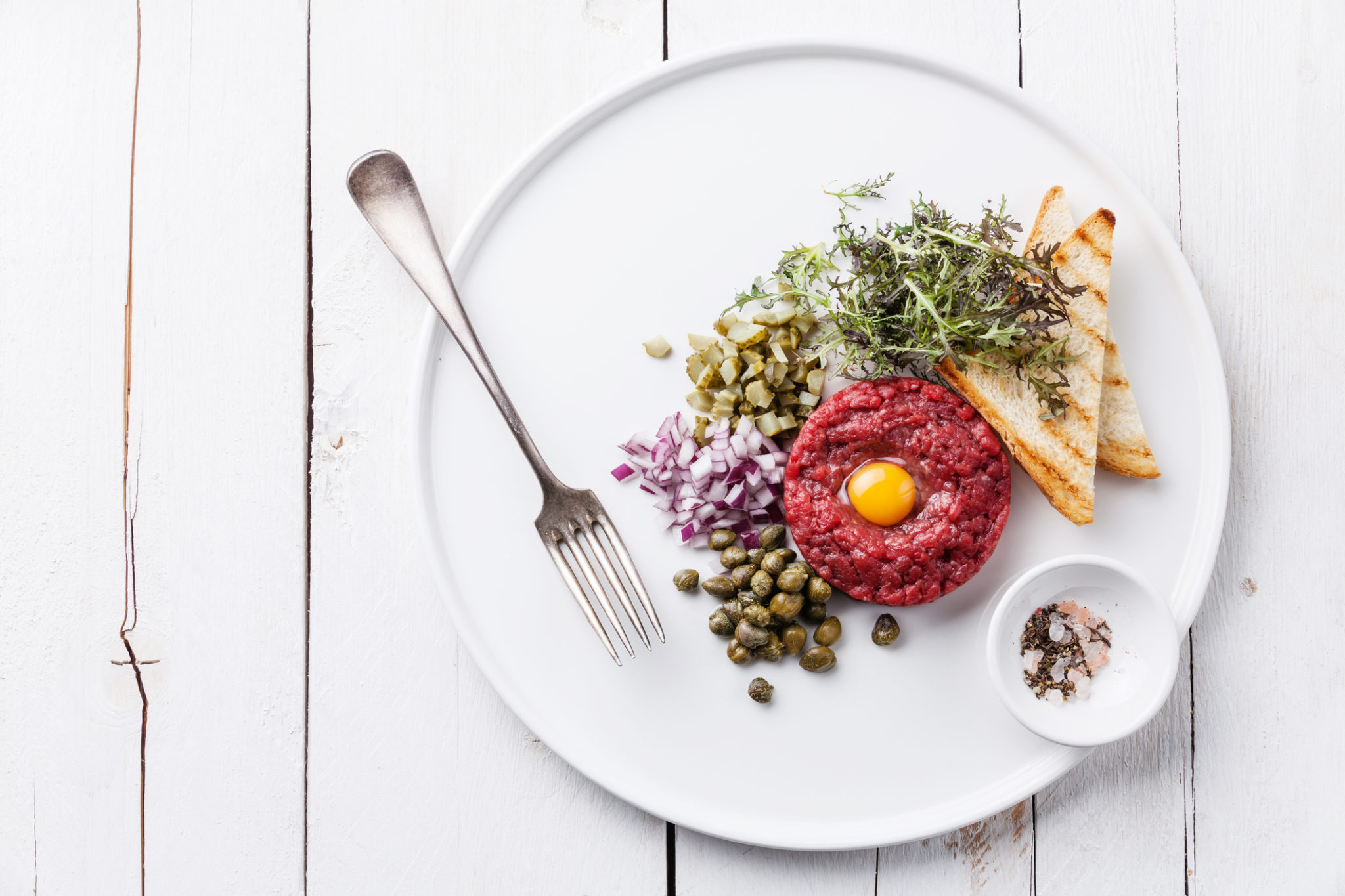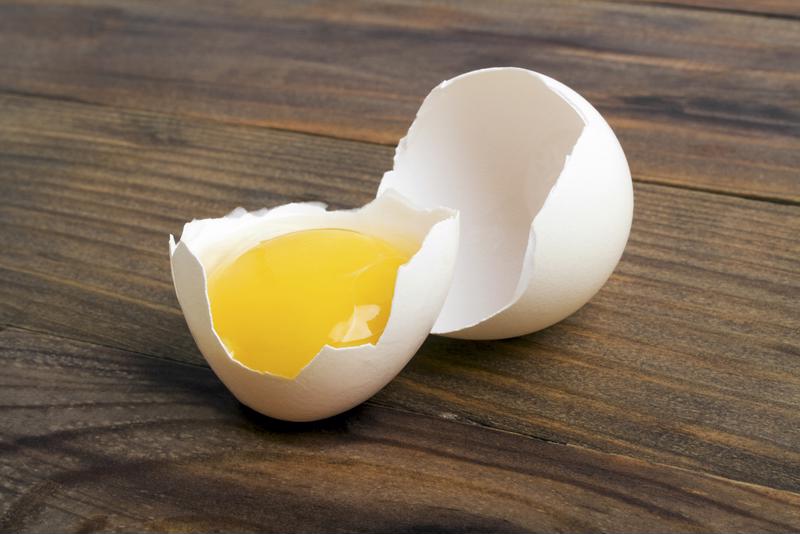
With roots in French cuisine, steak tartare is a dish that great chefs around the world have made their own. Since the main ingredient is raw beef, many beginning cooks shy away from giving it a try. Certainly, it’s always important to take safety precautions. However, as you progress through culinary academy, you will experiment with challenging items from a wide range of dining traditions. Learning about how world-renowned chefs prepare their signature versions of steak tartare may inspire you to develop your own.
Traditional tartare
Classic steak tartare consists of minced or finely chopped, uncooked beef, mixed with various add-ins. It’s commonly served with a raw egg and Dijon mustard, though a wide range of other garnishes may be included. In fact, as Vogue explained, the name “steak tartare” refers to the sauce tartare that once commonly accompanied the dish, but this version is rarely seen today.
Regardless of what else you add, Epicurious emphasized that the key to a quality tartare is selecting the best available meat. Opt for a cut like beef tenderloin purchased from a local butcher to achieve the most tender results, and chill the meat to make it easier to work with. Then, cut the beef extremely finely, preferably using a chef’s knife to slice it by hand. Aim for cubes of about an eighth of an inch.
Food writer Nigel Slater provided The Guardian with an old-school steak tartare recipe much like the versions served in restaurants since the 1950s. His directions call for combining the meat with capers, chopped shallots, salt, pepper, Worcestershire and Tabasco sauces and finely chopped pieces of the French pickles, cornichon. Form the mixture into a mound and create a groove to place the egg yolk.
 Egg yolk is a classic accompaniment to steak tartare.
Egg yolk is a classic accompaniment to steak tartare.Raw innovation
The classic preparation for steak tartare has stood the test of time for good reason. However, plenty of chefs have introduced fascinating tastes and textures with their creative variations on the dish. As long as the meat at the center is selected and prepared with care, the possibilities are endless.
New York City’s Wildair shared with Bon Appetit a recipe that pairs steak tartare with smoked cheddar. The directions involve pickling shallots in vinegar, sugar and salt. Combine both the shallots and some of the pickling juice with the meat. Toast buckwheat groats for added texture and subtle flavor, and use them to top off the beef, along with cheese, horseradish, Brazil nuts and olive oil.
Tartare enthusiasts in New York should also visit Locanda Verde. There, customers enjoy a small but highly flavorful and irresistibly tender serving of steak tartare made from wagyu beef. The dish comes with hazelnuts, black truffle, a touch of guanciale – an Italian cured pork made from cheek or jowls – and a fried quail egg.
On the opposite coast, chef Kuniko Yagi of Hinoki and the Bird in Los Angeles has also given steak tartare a personal touch with an elaborate assortment of additions. He told Esquire he starts with tasty hanger steak, mixing in pickled and diced jalapenos, minced shallots, Parmesan cheese, olive oil, soy sauce, lemon juice, salt, pepper, Tabasco and dashi – a Japanese fish stock. The dish comes garnished by toasted sesame seeds, chives and grated Parmesan. It’s topped with a quail egg and served with country bread.
Students earning a culinary arts certificate online will likely get the chance to craft their own versions of steak tartare. If they handle the raw meat with care and try some intriguing mixtures, they may develop delicious and innovative spins on this bistro classic.


